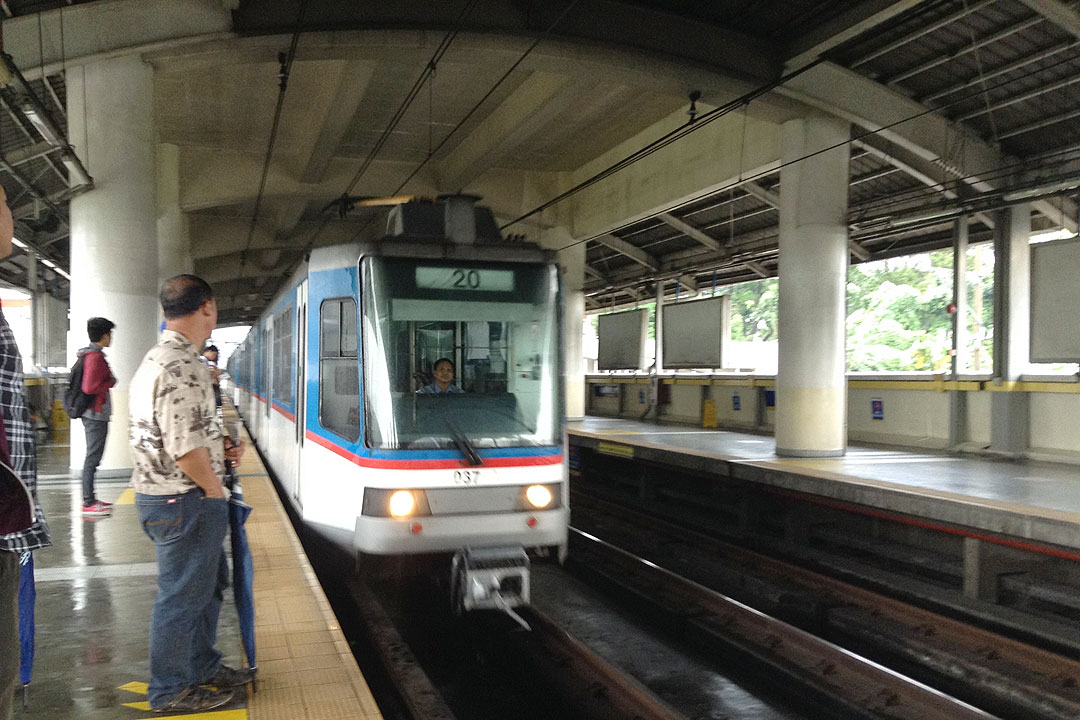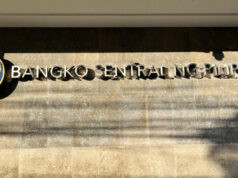Second MRT-3 proposal triggers review of rules for unsolicited bids

THE Department of Transportation (DoTr) said it is reviewing the rules governing the handling of multiple unsolicited proposals after receiving a second bid for the operations and maintenance of Metro Rail Transit (MRT) Line 3.
Transportation Undersecretary Timothy John R. Batan said the department is consulting the Public-Private Partnership (PPP) Center on how to proceed.
San Miguel Corp. was declared original proponent for the rail line’s operations and maintenance (O&M) contract last year, followed by another bid this month submitted by Metro Pacific Investments Corp. (MPIC). The unsolicited MPIC O&M bid was submitted to the DoTr for the operations and maintenance of MRT-3.
“There are rules on how to handle multiple unsolicited proposal submissions. We are confirming with the PPP Center,” Mr. Batan told reporters on the sidelines of NAIA-PPP pre-bid conference last week.
“We received (the MPIC bid) and we are processing it according to the IRR. We just note that there was a previous submission from the previous administration and that is what we are coordinating with the PPP center on how to properly address this,” Mr. Batan said, adding that the department still needs to confirm whether the previous unsolicited proposal from the previous administration is valid.
Mr. Batan added that the DoTr is working with the Asian Development Bankand International Finance Corp. of the World Bank on the terms of reference (ToR) for the solicited proposal to privatize the Light Rail Transit line 2 and MRT-3.
Meanwhile, Transportation Secretary Jaime J. Bautista said that the privatization of the Ninoy Aquino International Airport (NAIA) has so far attracted six bidders.
The DoTR has identified these companies as GMR Airports International; San Miguel Holdings Corp.; Manila International Airport Consortium; Spark 888 Management; Asian Airport Consortium; and Turkey’s Cengiz Insaat Sanayi ve Ticaret A.S.
Mr. Bautista said that according to the draft concession agreement, the winning bidder is required to pay an upfront payment of about P30 billion and an annual P2 billion, plus a share of revenue.
“Based on the study that we did; it will be good for them — the investors will be able to earn a reasonable rate of return on their investments. If the government will be able to share in the revenue and while we think about it, there will be an improvement in the service which I think will be the most important considering we have an airport which is very congested,” he said.
According to the NAIA-PPP concession agreement, the contract term for the project is 15 years, extendable by another 10 years.
This project will be a rehabilitate-operate-expand-transfer arrangement, as provided for under the Build-Operate-and-Transfer Law.
“Discussions on an extension will be conducted on year eight. The extension is based on performance by the winning bidder, based on certain KPIs (key performance indicators),” Mr. Batan said.
Mr. Batan noted the concessionaire must fulfill the KPI conditions set out in the agreement; failure to achieve performance benchmarks will result in rejection of the 10-year extension bid.
The DoTr has set the deadline for bids on Dec. 27. It has said that it expects to announce the winning bidder by the first quarter of 2024.
In August, the government invited bidders for the P170.6-billion public-private partnership to modernize and operate the main gateway airport. The modernization hopes to increase the current annual passenger capacity of the airport to 62 million from 35 million.
Separately on Sunday, NAIA was ranked the 15th most-connected airport, according to the 2023 Megahubs Index compiled by OAG, a global travel data provider.
“We are pleased that MNL is able to ride the momentum brought about by the strong and consistent travel rebound from the COVID-19 pandemic, as well as the LCC (low-cost carrier) penetration in our region. We are likewise grateful for the confidence the international carriers have extended to us,” Manila International Airport Authority Officer-in-Charge Bryan Co, said in a statement Sunday.
Manila’s climb to 15th follows a rating of 29th in 2019. The OAG report said Philippine Airlines had a 32% share of flights.
“NAIA being the country’s main gateway makes it incumbent upon us, as the airport authority, to expand the destinations Filipinos, as well as our guests, can fly to and from Manila,” he said. — Ashley Erika O. Jose



